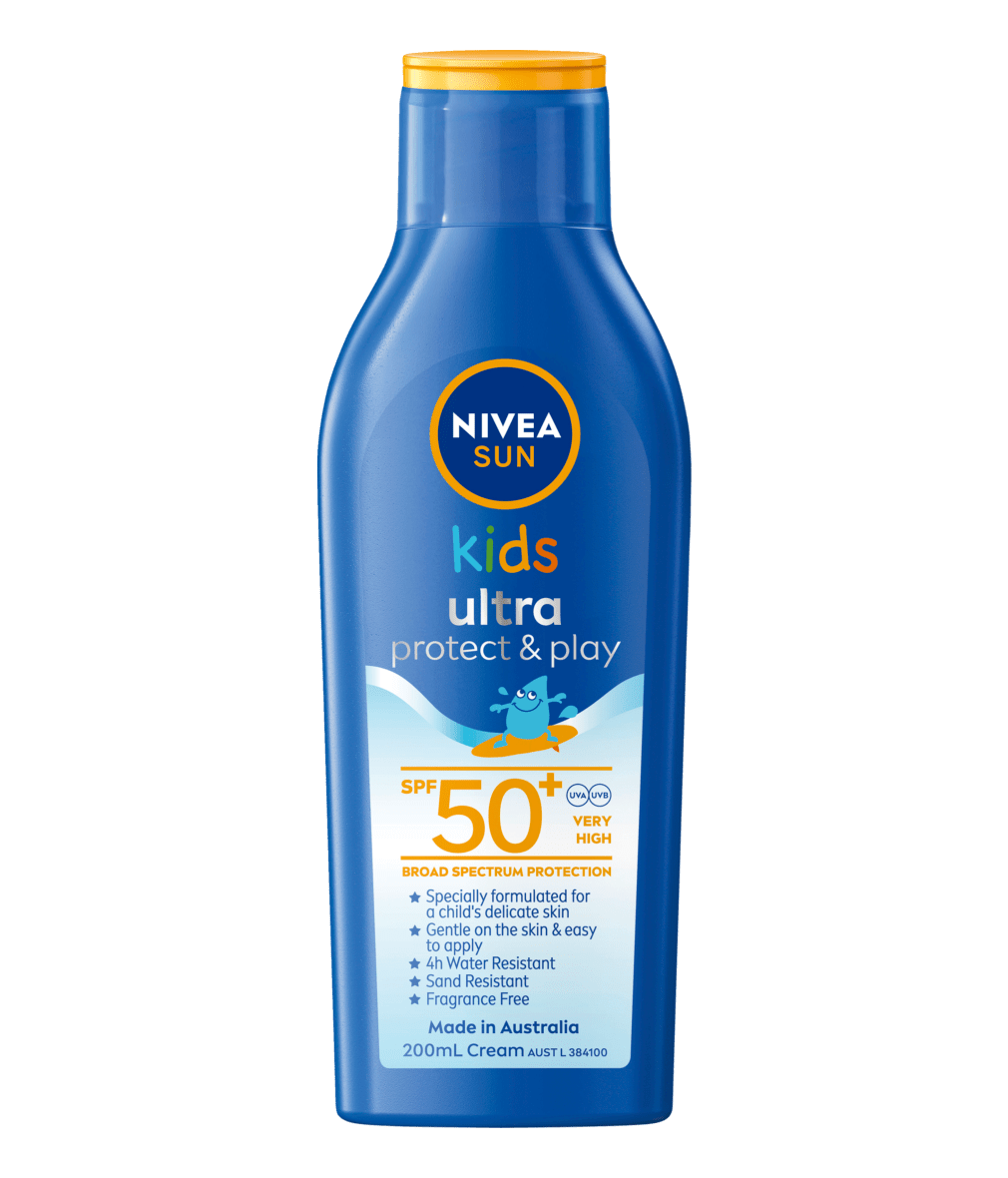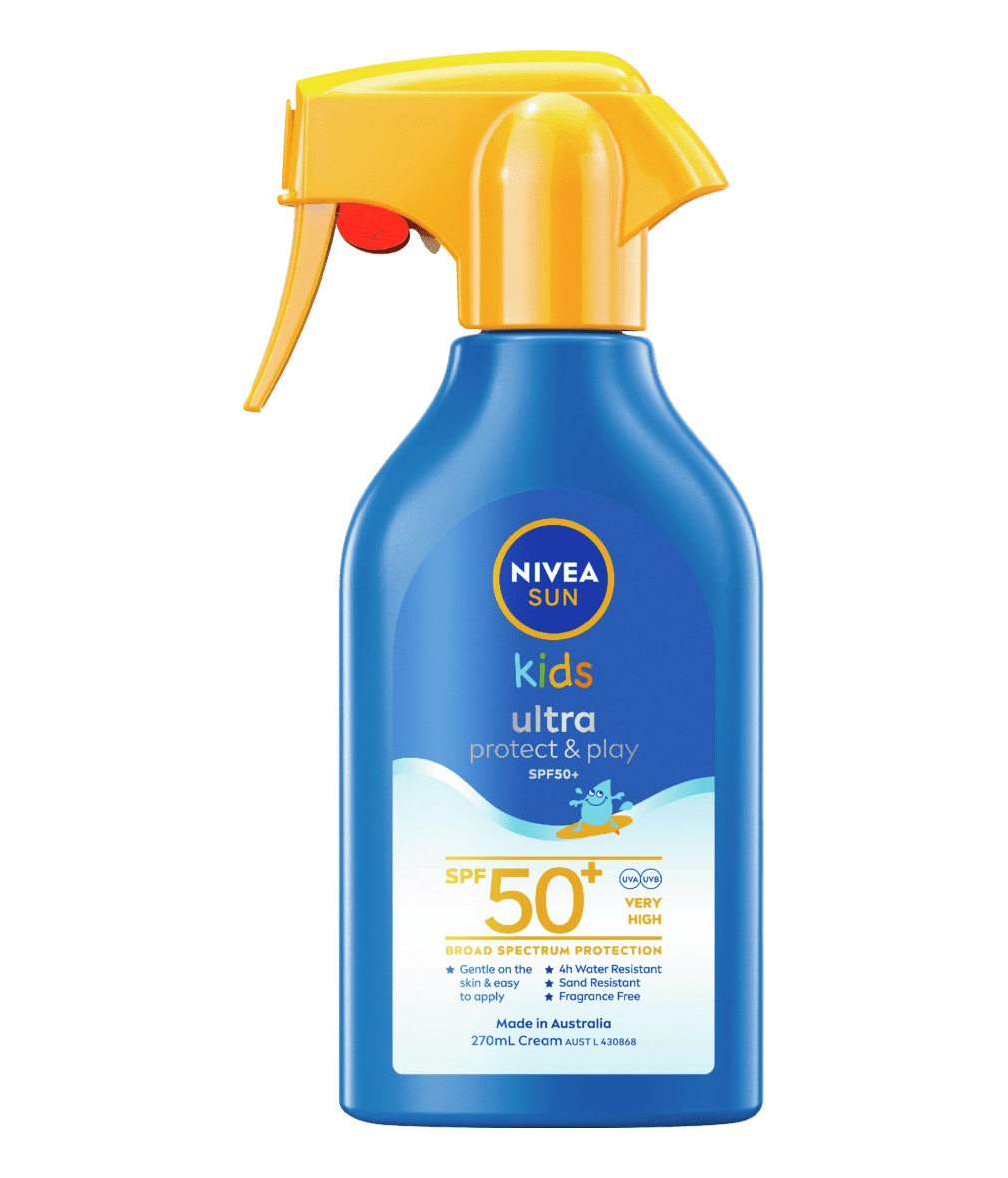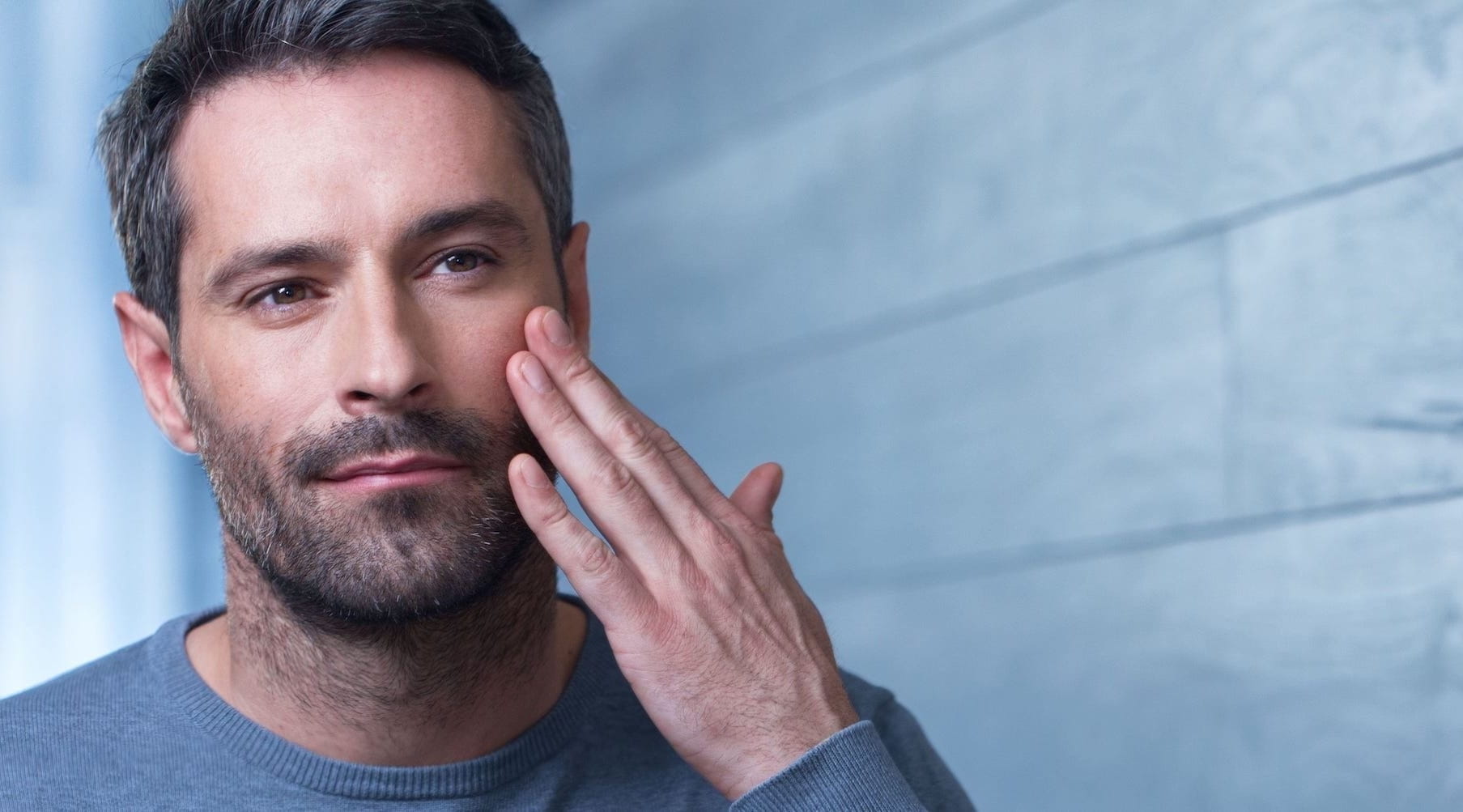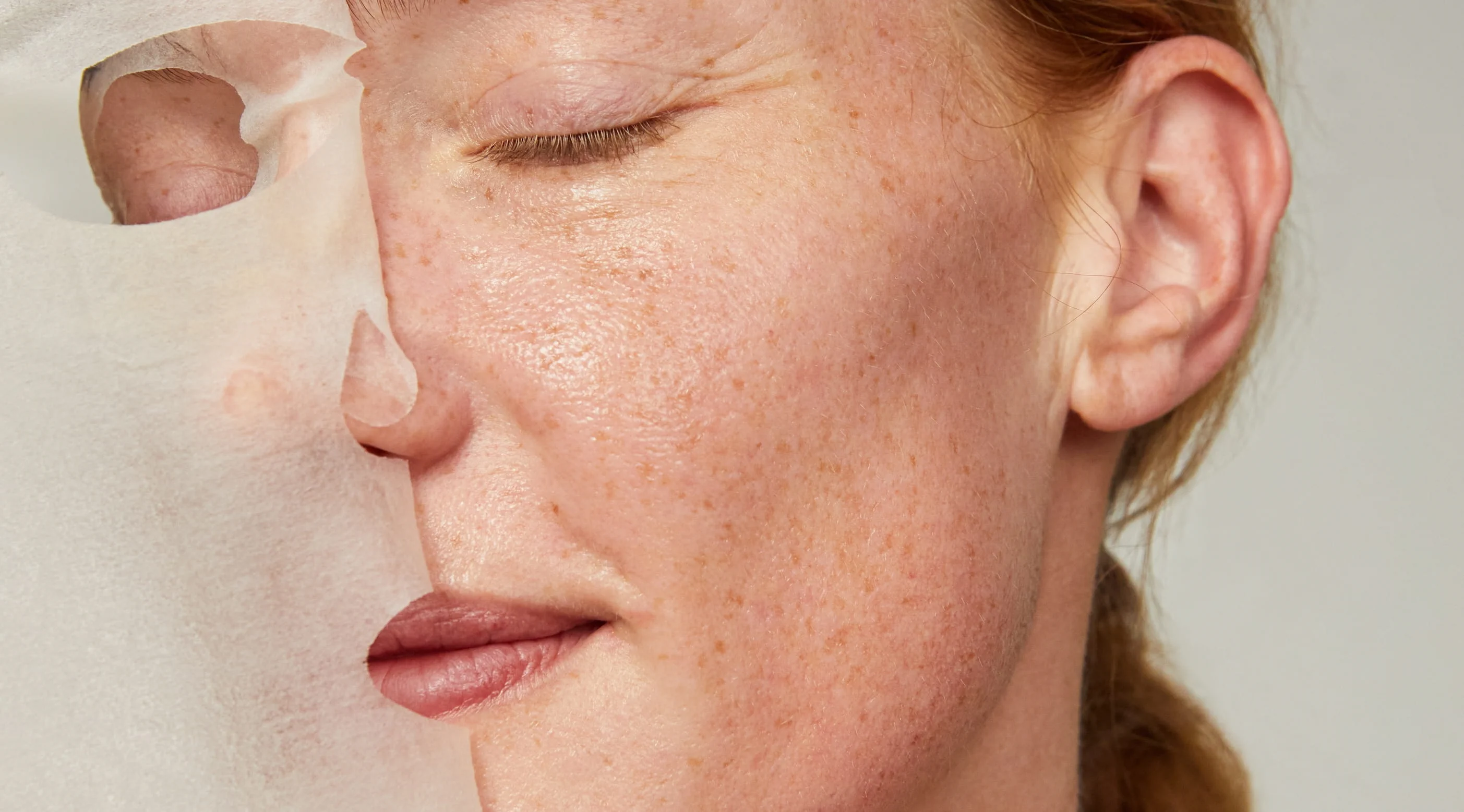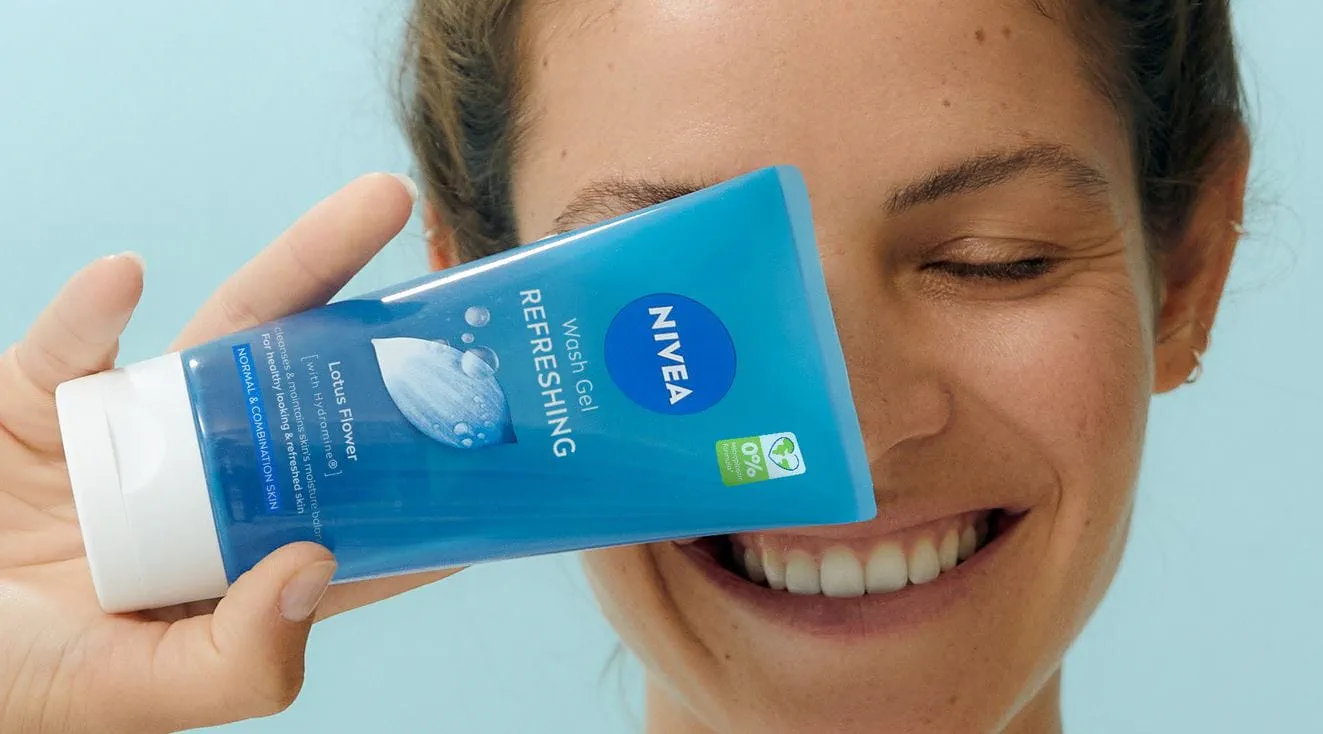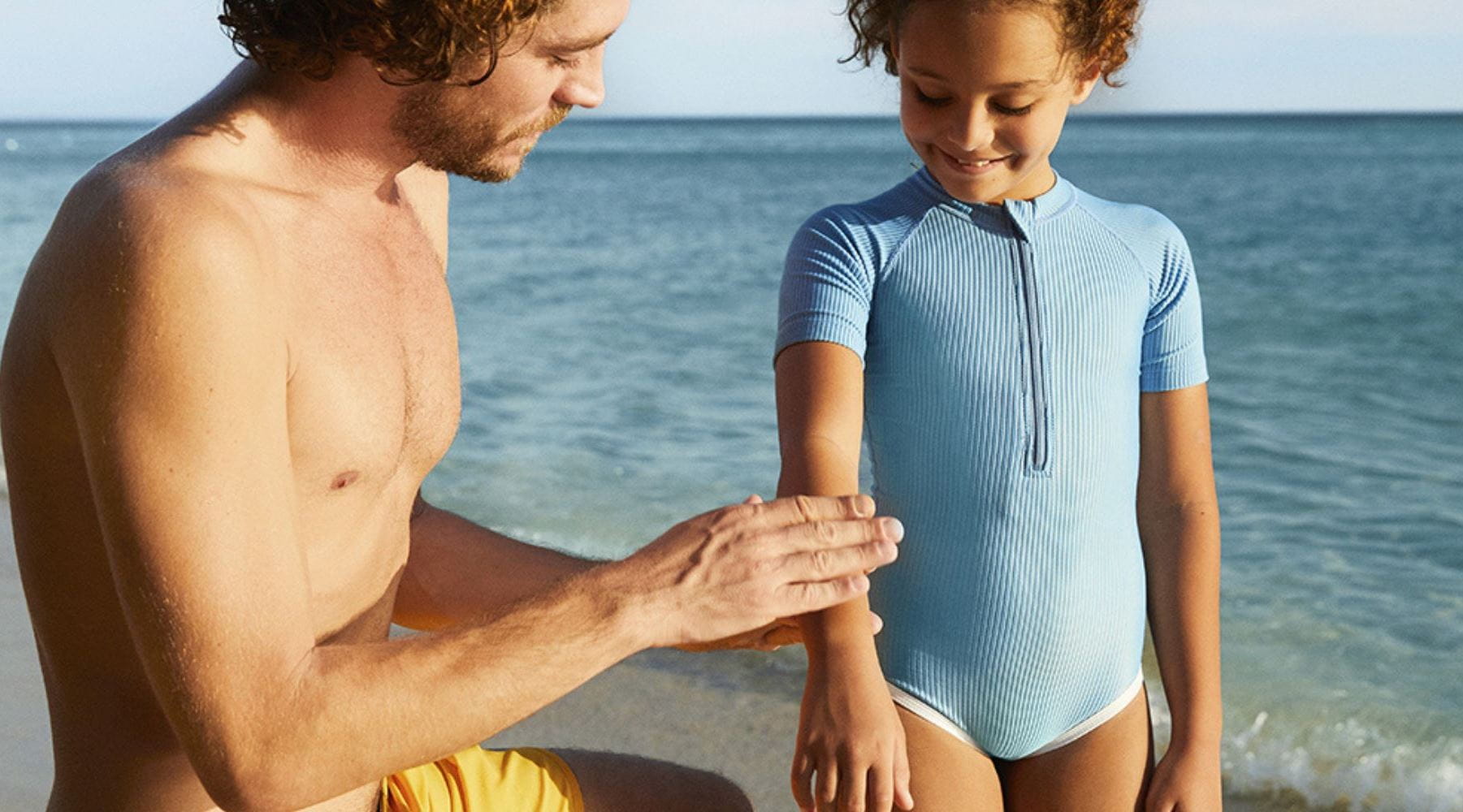Keep your kids safe
An important line of
protection for babies, toddlers and kids is wearing appropriate clothing in the
sun where possible, to
protect them from the
sun's rays.
Sun protection should be used on exposed areas where kids can't cover up from the
sun.
You can provide your kids with
sun protection from the UVA/UVB rays from the
sun when you use
NIVEA's
sunscreen for kids.
NIVEA Kids
Protect &
Care Sun Lotion SPF50+ is designed to
care for children's
skin as well as shield it, leaving
skin protected, moisturised and ready to enjoy the
summer. But remember babies and toddlers need extra
protective
sun cream as their
skin is thin and hasn't fully developed it's
natural protective barrier. This is why it's important to reapply
sunscreen multiple times to minimise the damage from
sun exposure.
Best sun protection for Kids
During the first 12 months babies should never spend time in the
sun, however, this isn't always possible. So
protecting your child from the
sun is your next best option, making sure they're wearing UV
protective clothing and applying
NIVEA's
sun lotions for kids will help keep your little ones safe. Read our expert advice on
sun cream for kids and
sun cream for babies to find out more about the best
sun protection for your children.
Sunscreens are only one part of sun protection. Avoid prolonged high-risk sun exposure. Reapply frequently.


